In March of 2021, an 87-second video made by a drone operator, Jay Christensen, went viral, amassing hundreds of thousands of views on social media. Christensen created the video to promote a Minneapolis bowling alley, Bryant Lake Bowl & Theater. In one continuous take, he took us from a bird’s eye view of the exterior, through the doors, down the lanes, and into the restaurant and theater. Offering a wholly new perspective on a familiar scene, the video was immediately lauded by Hollywood insiders.
Early in 2021, Insider Intelligence predicted that drone sales would surpass $12 billion, driven in part by the sale of personal drones for still photography and filmmaking. As photographers make creative use of new technologies, brands have followed suit, with drones becoming a mainstream fixture in the world of advertising. As we head into 2022, drone pictures are used by everyone from architectural firms to tourism boards.
For commercial photographers, drone views offer a fresh opportunity to stand out to clients, even in a saturated market. “Drone photography captivates viewers and provides shots that buyers love,” the 500px team tells us. “Drones allow photographers to capture previously inaccessible perspectives, pushing the boundaries of landscape, real estate, and travel photography. More methods and creative uses will emerge as more photographers take hold of this booming industry.”
The challenge of drone photography is that you often don’t know what you’ll find until you start flying, but there are some things you can do to prepare for and recognize shots worth taking. We put together this easy guide to help you elevate your Licensing portfolio through the art of drone photography. We’ve relied on a few core concepts and principles, illustrated by stunning examples from the 500px community.
Use color wisely
Marketing pros understand the power of color, eagerly following Pantone’s predictions for Color of the Year and using the color wheel to create pleasing graphics. Drone photographers can also turn color to their advantage by scouting their locations or scheduling their shoots to coincide with specific events, from flower blooms to cultural celebrations. Snowy days can reduce the appearance of color for a dramatic white-out effect. Sometimes, even the time of day can drastically change the colors and mood of your scene, shifting from the warm temperature of sunset to the cool hues around twilight and later, colors of city lights at night.
Play with shadow
Time of day will also affect the light in your surroundings, with shadows shortening around mid-day and then elongating as the sun approaches the horizon. In color theory, we talk about the importance of value contrast; that is, you want a variety of light and dark colors to make an image interesting. If you convert a photo to black and white and everything looks middle gray, it’s less dynamic, so look for those gradients.
When scouting your locations, look for objects that might cast interesting shadows across the space as the light changes throughout the day. These elements could be buildings, trees, dunes, or something else in the landscape. To ensure your shoot coincides with the golden hour and those long shadows, check the time of sunrise and sunset at your planned location using an app like PhotoPills.
Incorporate lines
Horizontal, vertical, and diagonal lines can add visual interest, so consider places where they’re abundant, such as tulip fields, salt evaporation ponds, or city blocks. In landscapes, you can also find curving lines in the form of snaking rivers or winding roads through the forest. These lines can establish a pattern, or they can be used as leading lines to draw focus to a specific subject.
Look for patterns
The human brain is designed to detect patterns, and art often uses patterns or repetition to engage our minds. On Instagram, for example, entire pages have cropped up in celebration of symmetrical photographs, lined up one after the other, with @symmetrybreakfast and @geometryclub among them. And then, of course, there are tremendously popular Tumblr pages like Things Organized Neatly and Things Fitting Perfectly Into Other Things.
Our surroundings, whether natural or manmade, are filled with patterns that only become apparent from a distance. Drones allow us to see them more clearly, so be intentional in your composition and framing. “Crop your images so that some of the repeating elements fall out of the frame to give the illusion that the pattern is ongoing,” the 500px team suggests. “Additionally, consider places that do not look appealing from the ground but look amazing in top-down photos, such as parking lots or junkyards with repeating elements.”
Drive emphasis
Patterns are appealing, but they can also be used to draw attention to an element that breaks the pattern, from a human figure to a lone tree. Recognizable figures like people, cars, or houses work especially well because they provide a sense of scale and context to a seemingly infinite scene. “In drone photos, the presence of a model can evoke feelings of isolation, wanderlust, or exploration,” the team at 500px adds. When composing your pictures, make sure there’s one clear subject; all the lines and elements in the frame should serve to complement that object or detail, rather than distracting from it.
Seek moments of contrast
One common motif in drone photography has become the juxtaposition of the natural world and manmade objects, whether it’s a paved road running through the woods or a boardwalk leading to the sea. It could be a bridge cutting through a lush landscape, adding scale and a human touch. Look for details that provide balance and harmony.
In aerial photography, some of these contrasts between the manmade and natural world can be even more dramatic, like a barren field cleared from miles of pristine wilderness. These kinds of pictures can speak to enduring themes like our influence over our environment, underscoring the importance of sustainable practices and regenerative agriculture. Research your local parks, hiking trails, and beaches to find unique spots others might have overlooked.
Embrace textures
One way to create contrast is through the use of varying textures, from powdery, snow-covered forests to slick, frozen lakes. The directional lighting of the golden hour is ideal for accentuating texture and depth in landscapes, so that’s another reason to schedule your shoot for around sunrise or sunset.
Incorporate movement
Part of what made that viral bowling video by Jay Christensen so successful was its sense of speed and motion. While it might be harder to capture movement in still images, it’s not impossible. One way is through long exposures; a slower shutter speed will blur moving elements of the landscape, like ocean waves or passing cars during rush hour. Consider visiting the same location several times. The more time you spend scouting your spot, the more familiar you’ll become with its rhythms and movements.
Not on 500px yet? Click here to learn about Licensing with 500px.

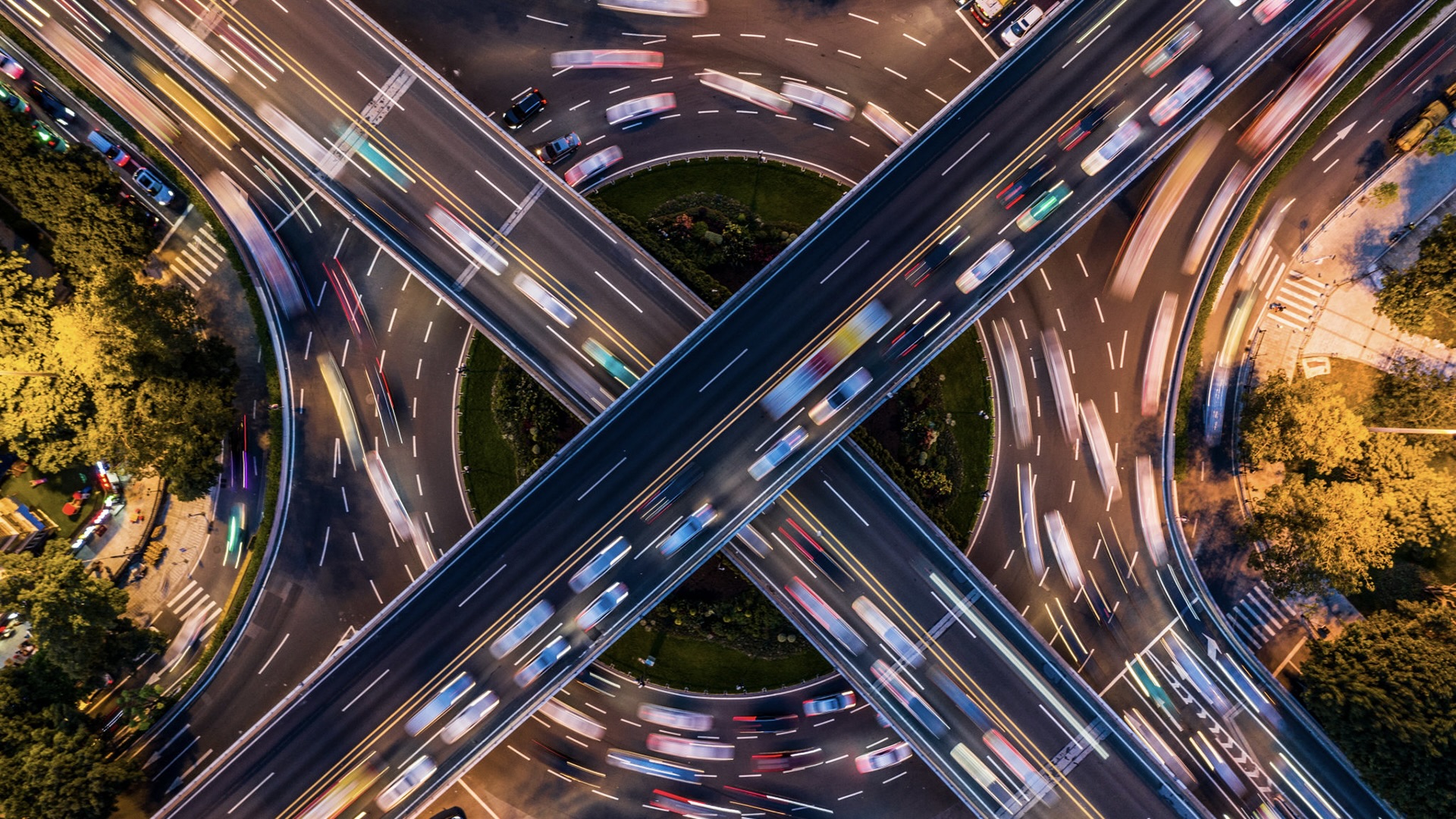
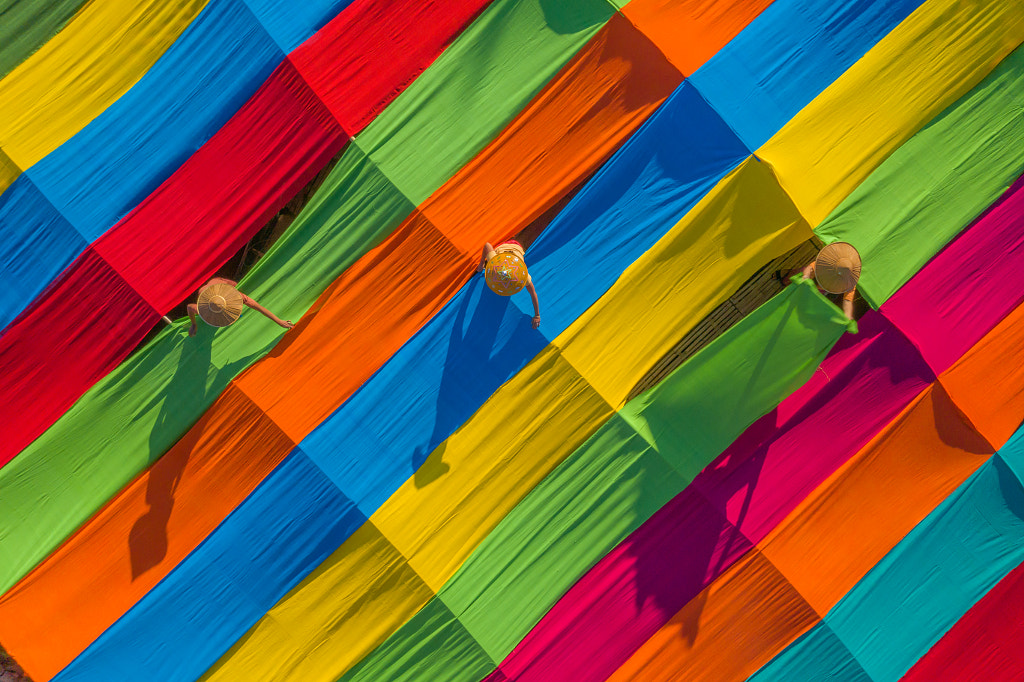
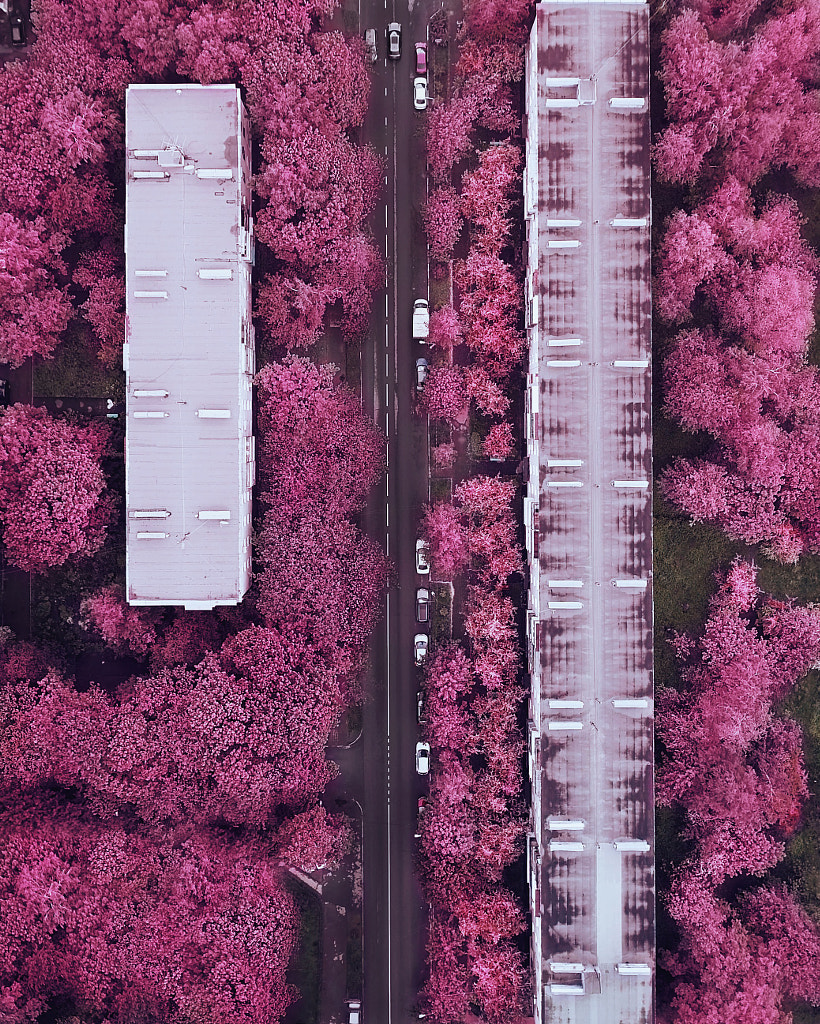

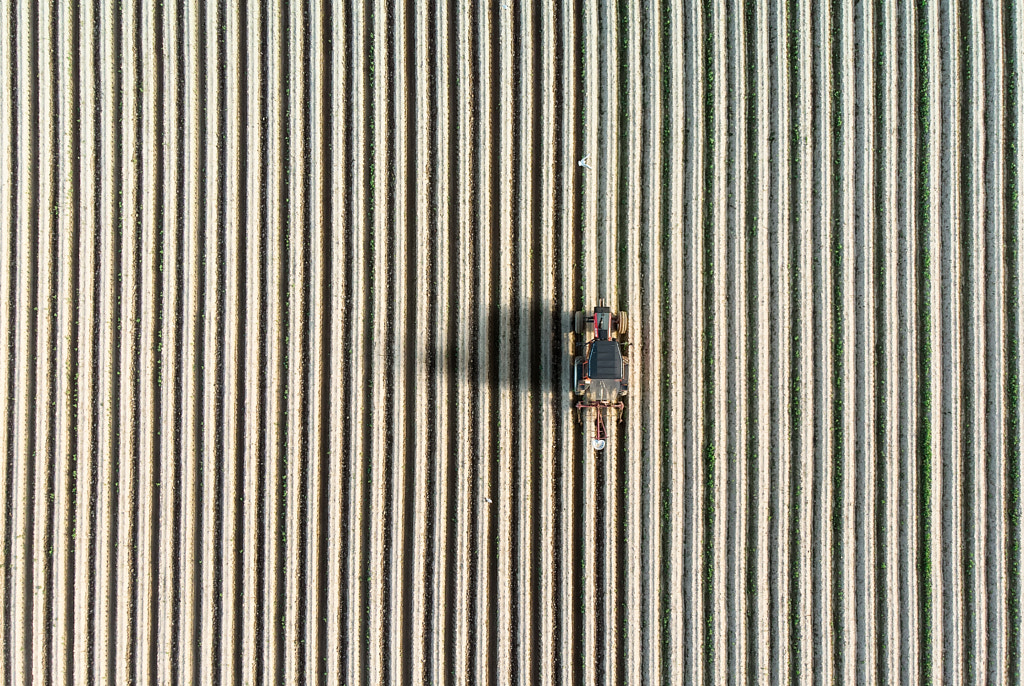
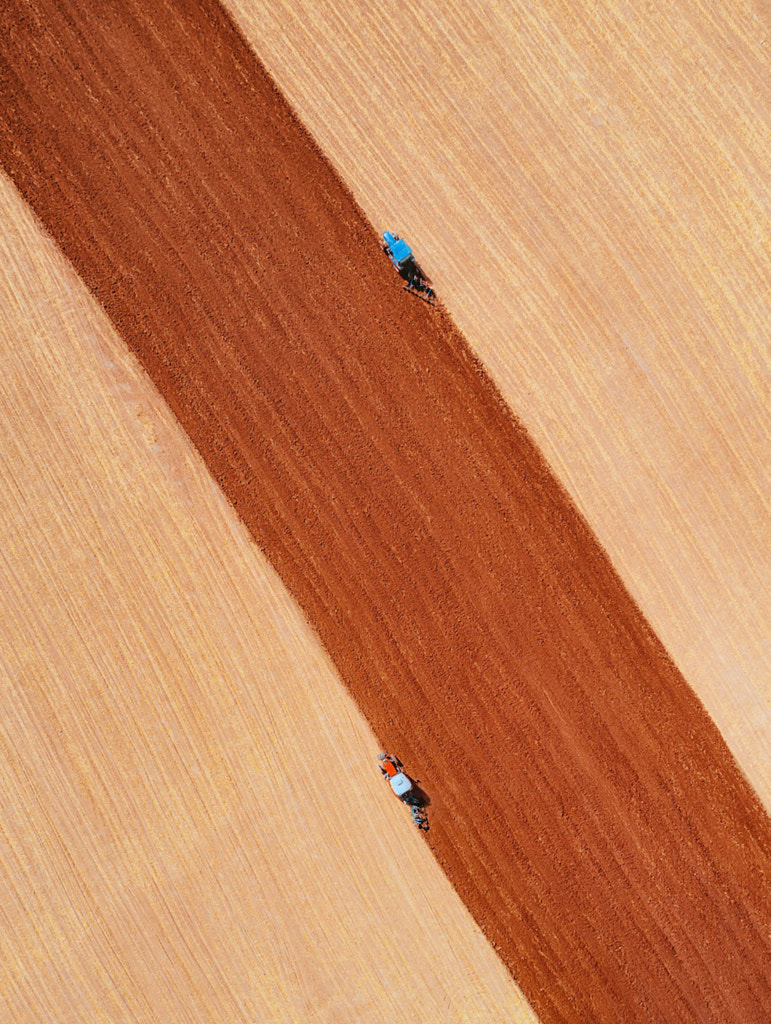
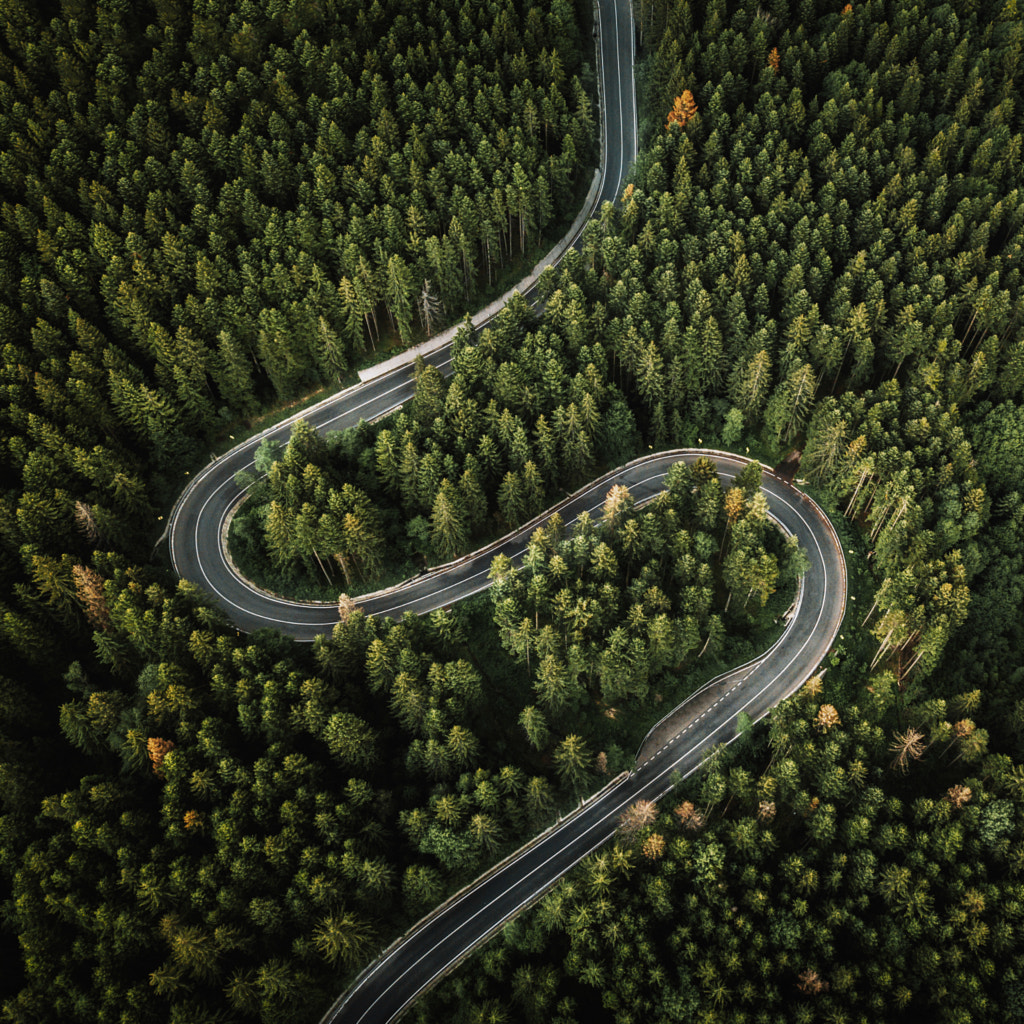
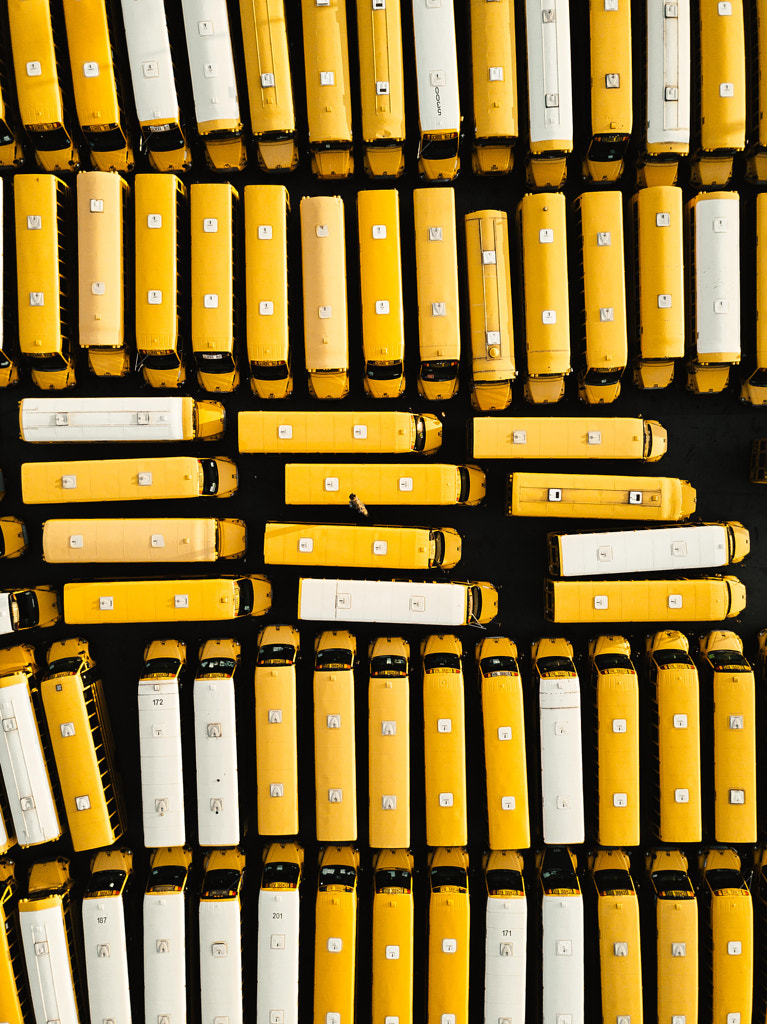
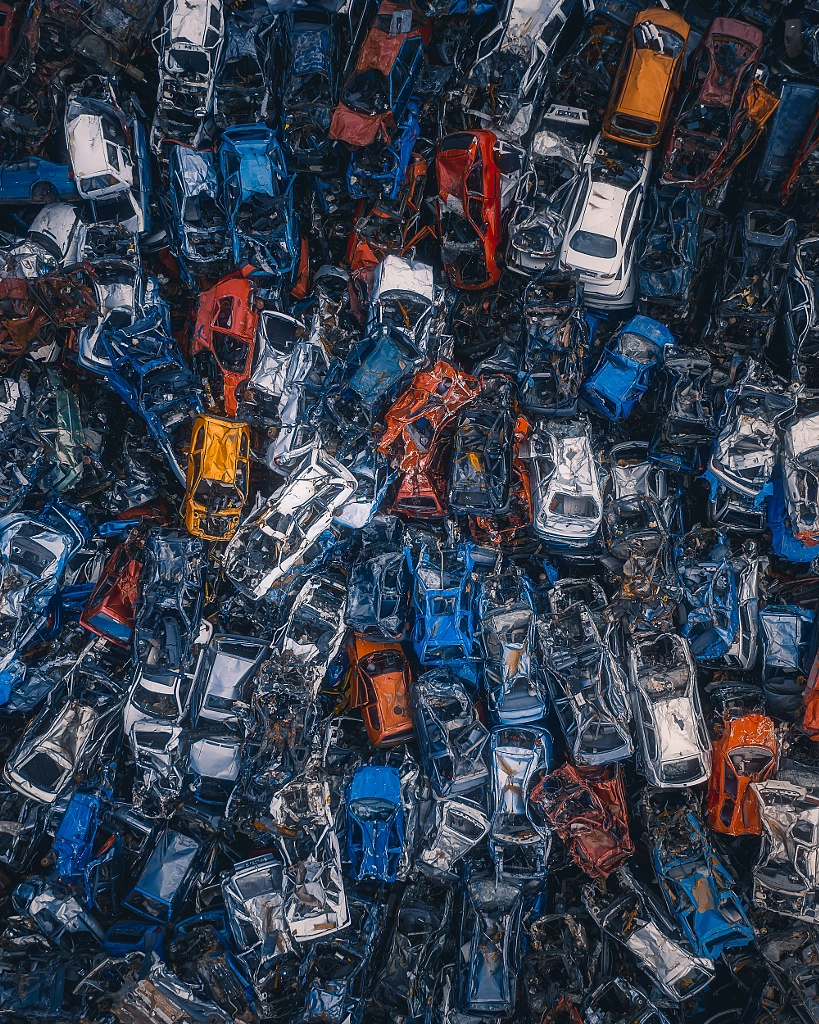
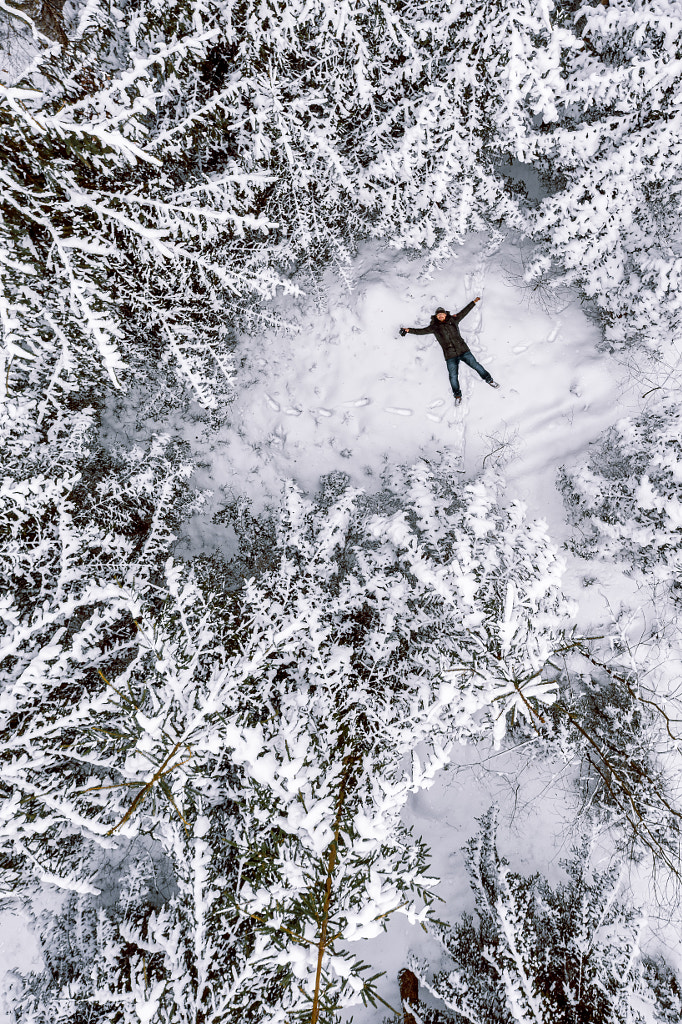
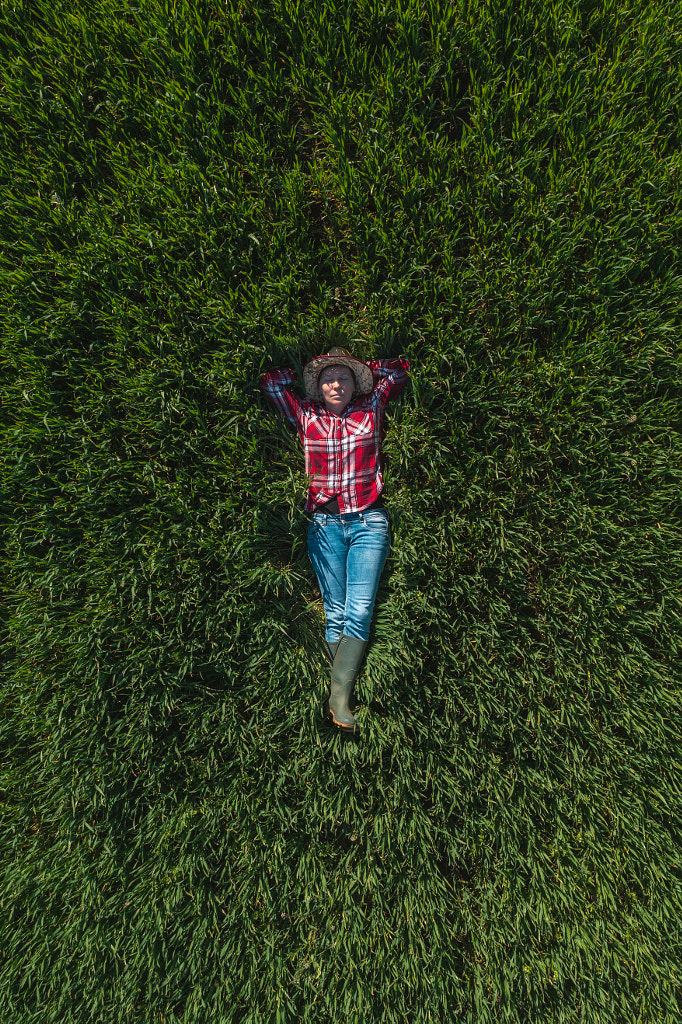
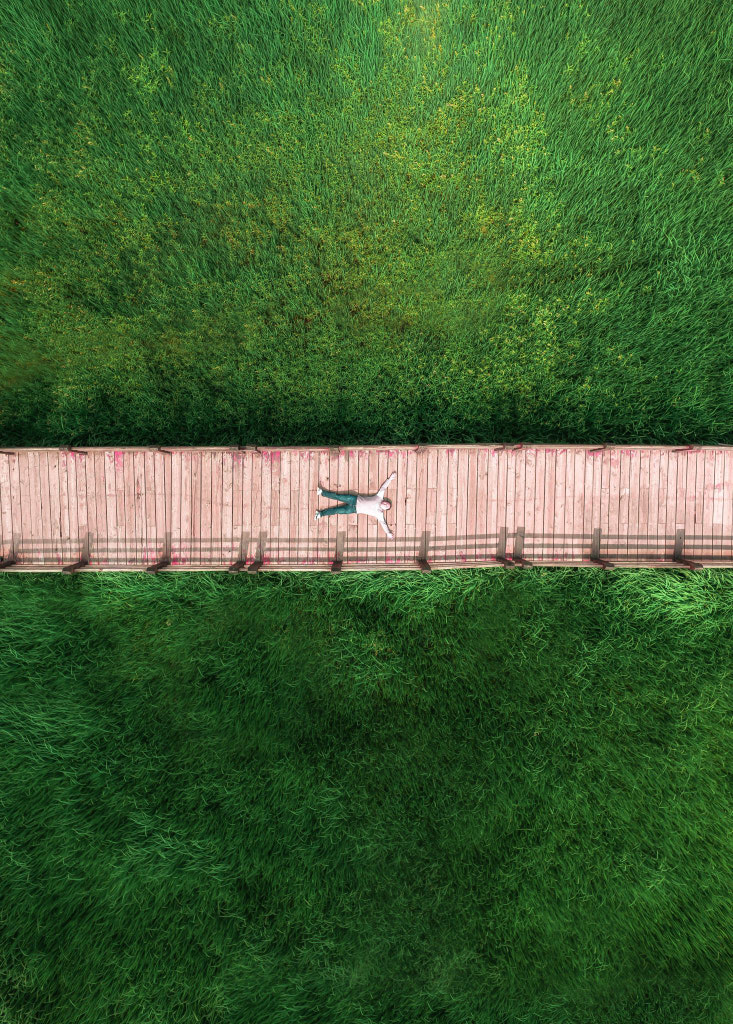
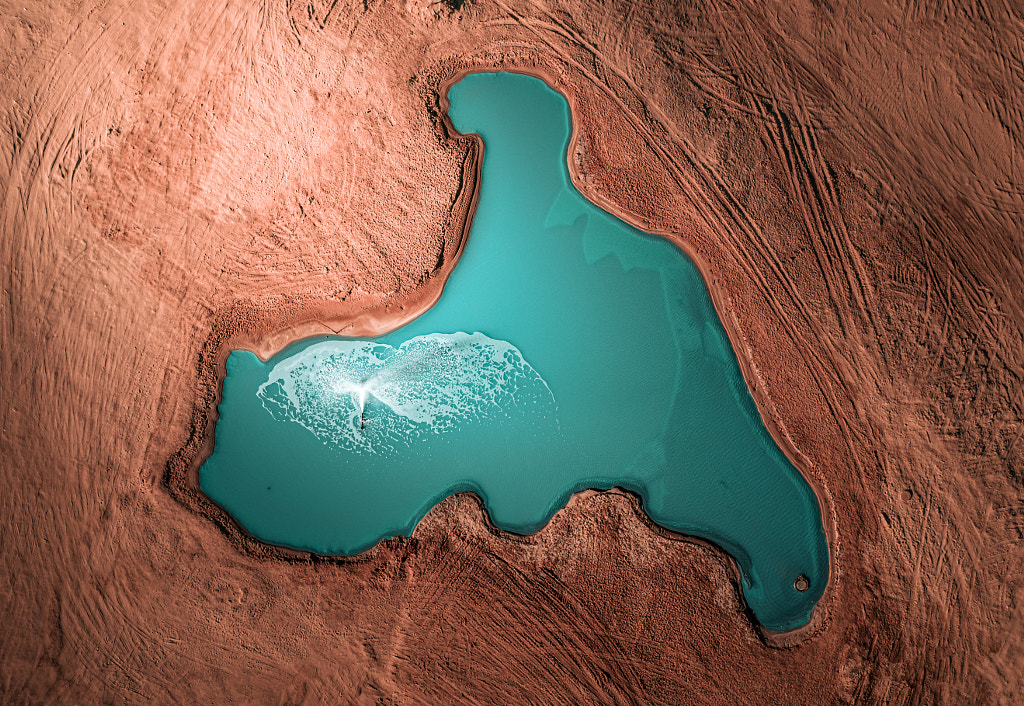
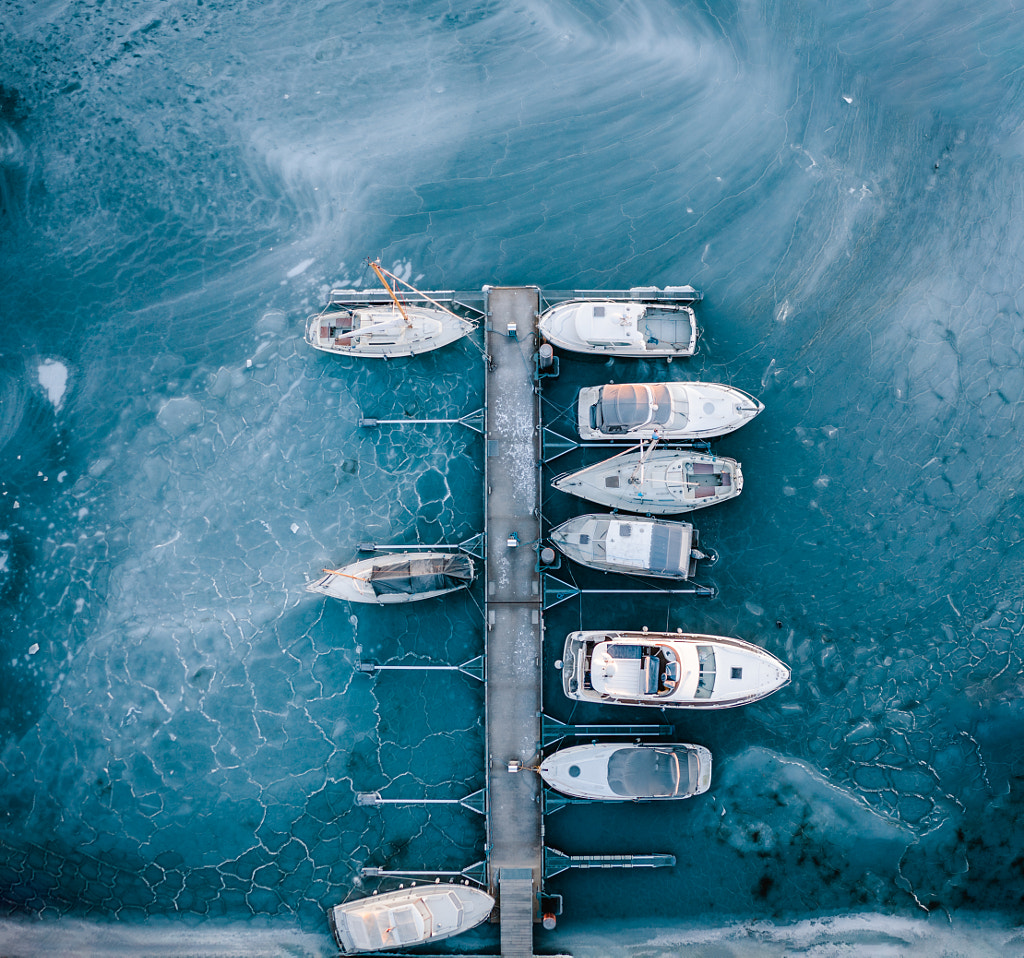
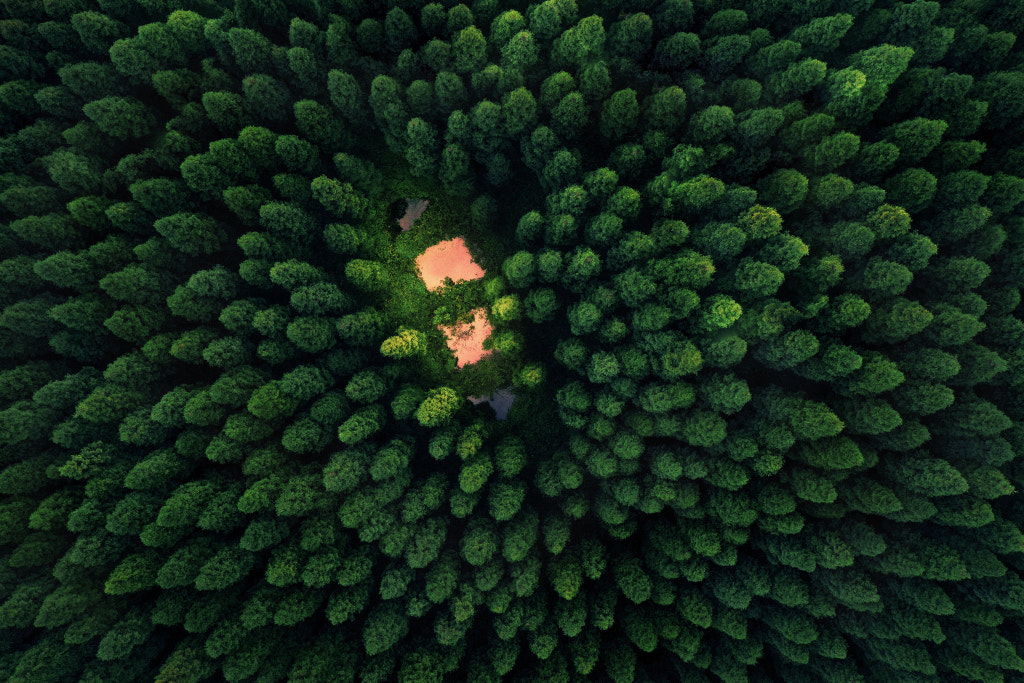
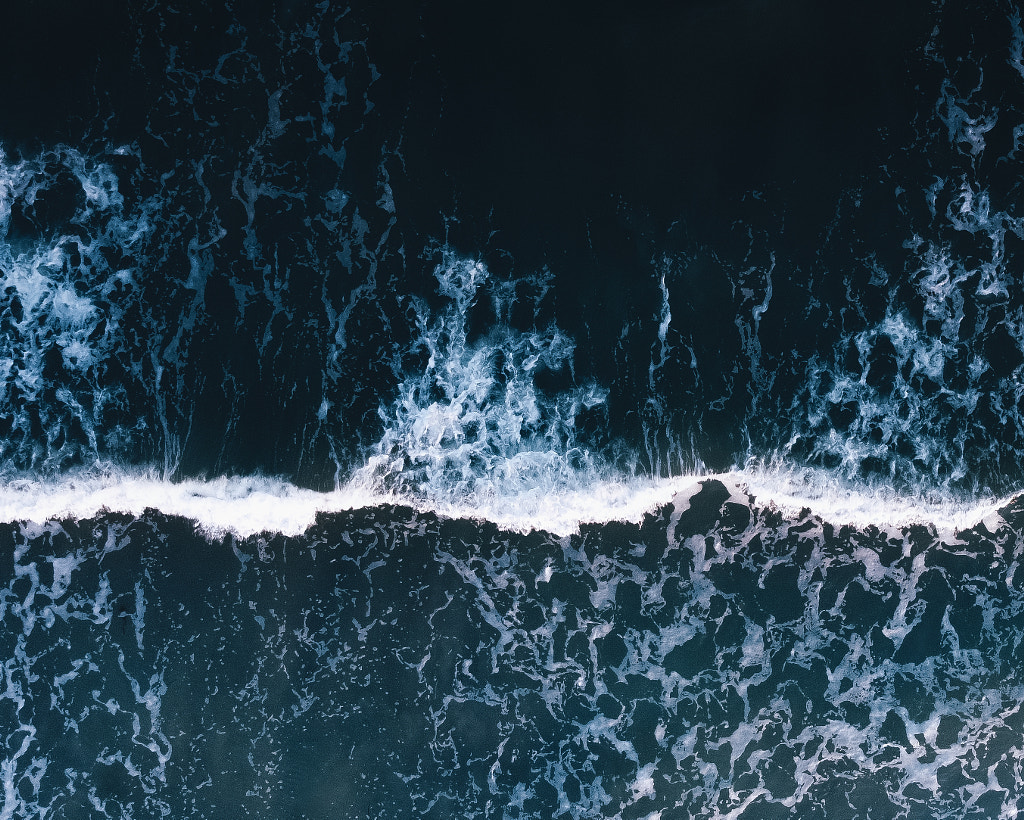

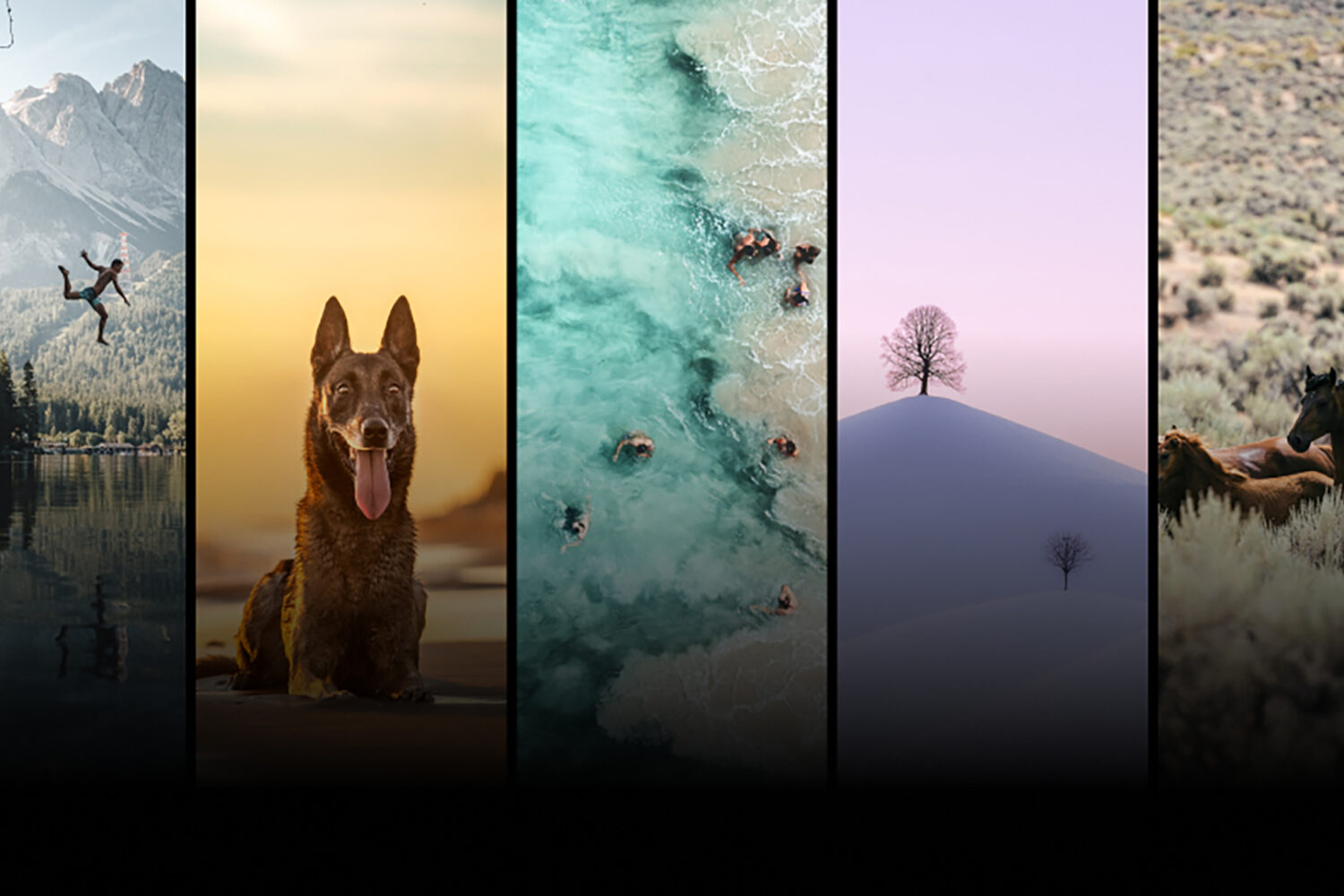
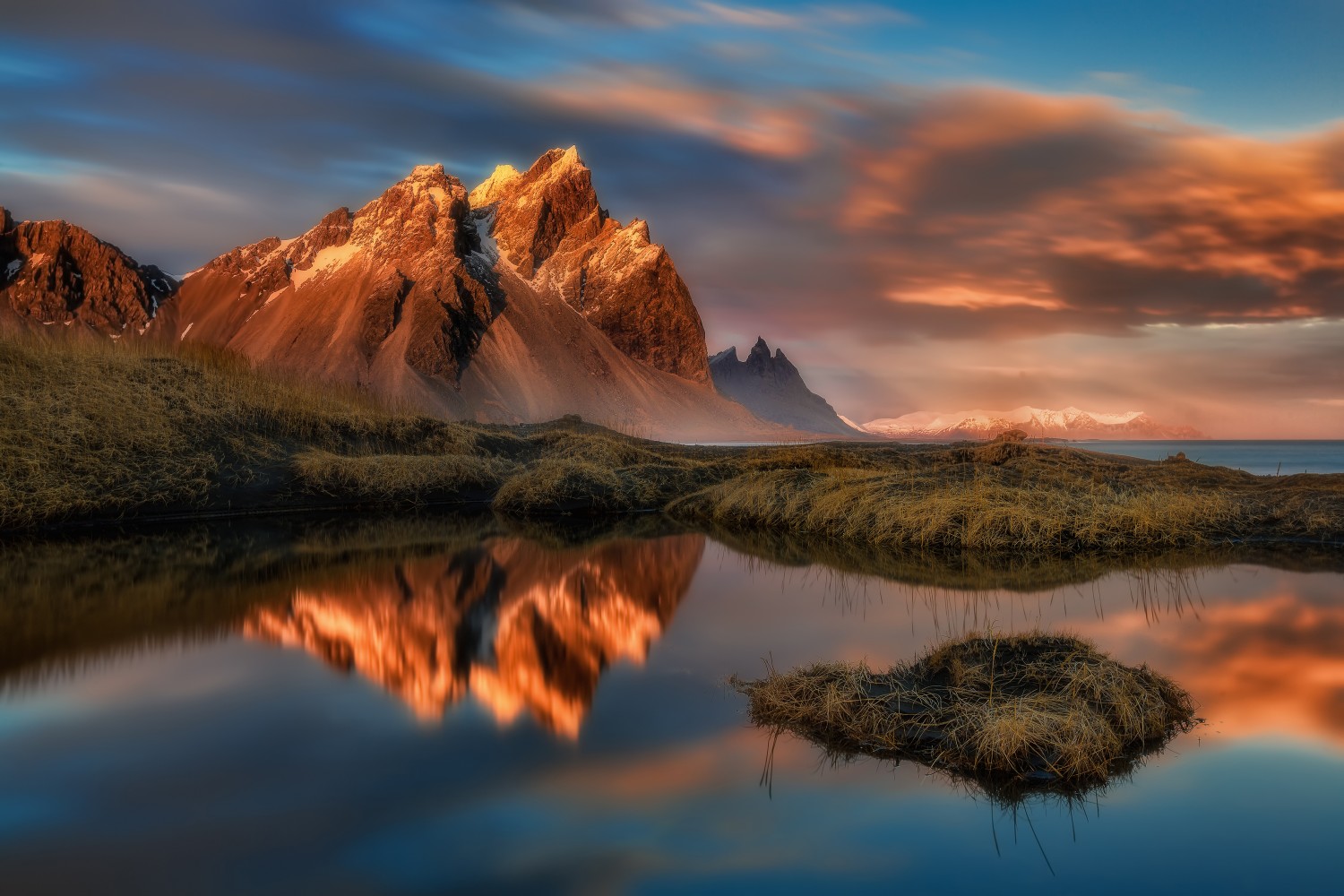



Leave a reply